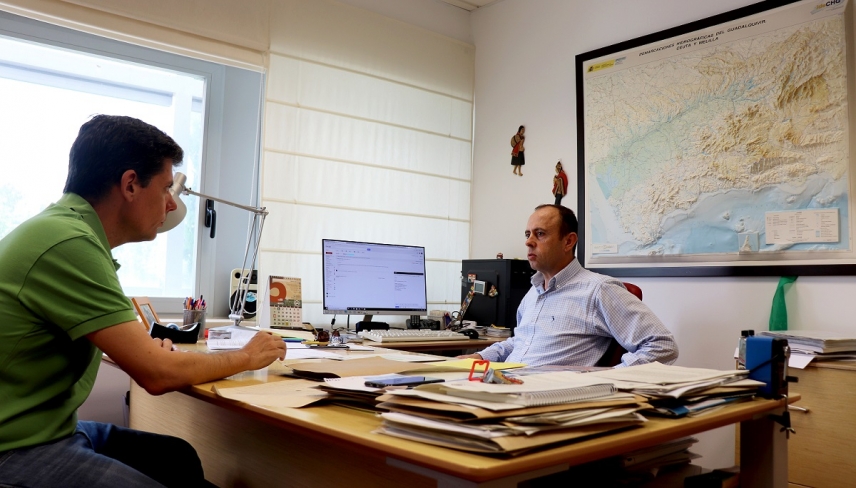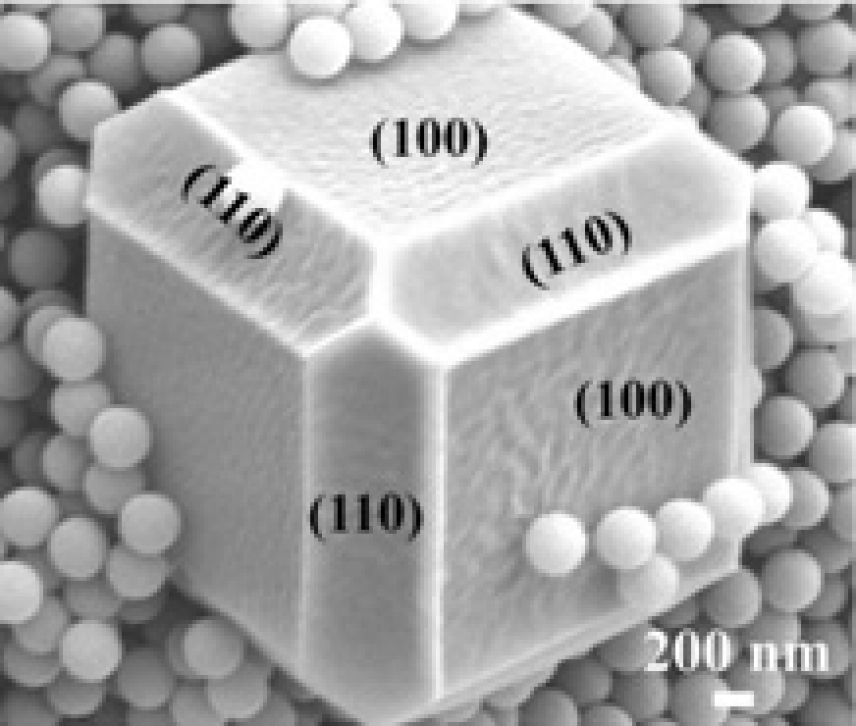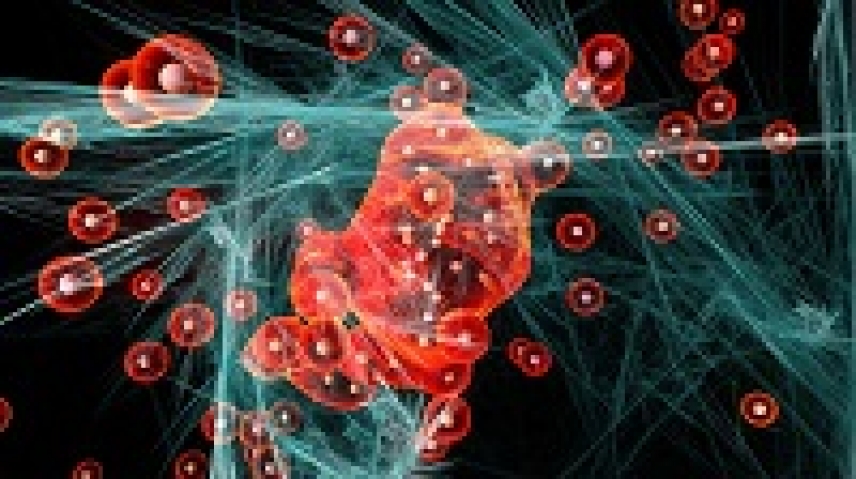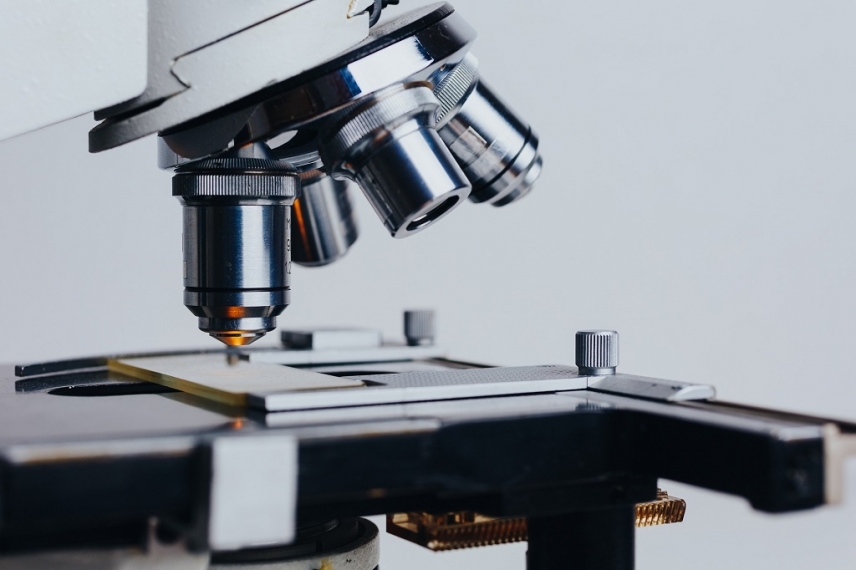Water users associations approve remote control watering systems
Researchers at the University of Cordoba assess the success or failure of installing remote control systems and data measuring in water users associations
From 2005 to 2010, in pursuing plans to modernize irrigation, the first telemetry and remote control watering systems were installed in Spain, in 260 water users associations. With a total area of around a million hectares, these systems began with the aim of facilitating life in the countryside, but have they really achieved their goal?
Porous materials make it possible to have nanotechnology under control
A University of Cordoba research team is able to stabilize different metallic nanostructures by encapsulating them in porous monocrystalline materials
Half metal, half organic structure, like Robocop himself, is the material known as MOF, short for Metal Organic Framework. MOF has been developed by scientists and applied to a myriad of products from sorbents to batteries for electronic devices. This material emerged from the nanotechnology revolution that turned material design upside down and facilitated the improvement of chemical processes. MOFs are a new organic and inorganic hybrid material made up of metallic nodes and organic links characterized by their porosity, that is to say, by the intermolecular spaces that it is comprised of.
Scientists develop a new material for manipulating molecules
A scientist at the University of Córdoba, working with an international research team, has created a new porous single-crystal material which could have numerous applications in nanotechnology and catalysis.
Porous materials contain intermolecular spaces or cavities between atoms. Because these cavities, known as pores, can store and even separate molecules, such materials are of great value in the field of nanotechnology. Already of unquestionable importance in industrial applications, there is still some scope for improving the properties of porous materials.
‘Vortex’ beams for the manipulation of nanoparticles
A lecturer at the University of Córdoba has developed a new method, published in Physical Review Letters, to simplify the process and reduce the cost of manipulating nanometric materials
One millionth of a millimetre: this is the scale at which nanotechnology manipulates matter. Given its many applications, nanotechnology has already had a major impact on recent technological progress; yet its real potential is yet to be discovered, and few scientists doubt that it will lead mankind to a new industrial revolution. A few days ago, University of Córdoba physics lecturer Pedro Rodríguez García published a paper in Physical Review Letters, reporting on the development of a new mechanism which simplifies and reduces the cost of manipulating nanoparticles.





